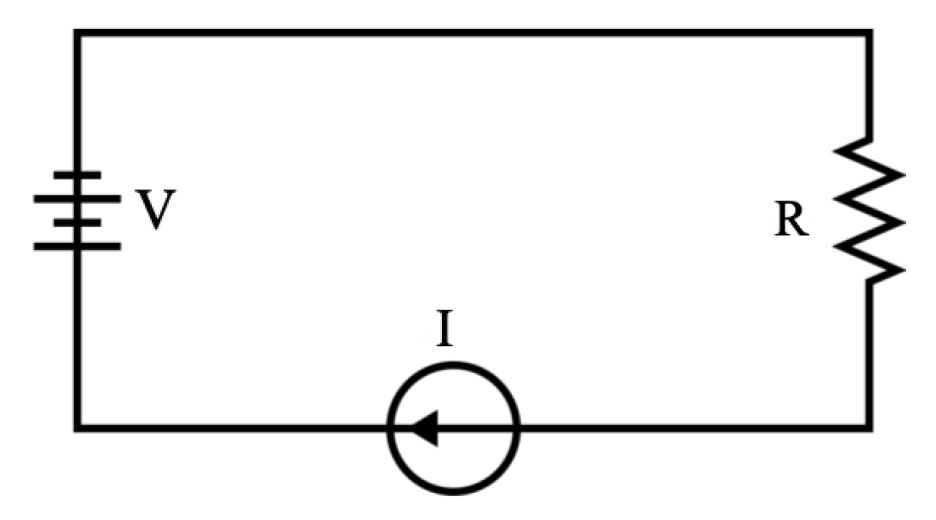Author: Noorullah Imran
Department of Biomedical Engineering
INTRODUCTION: There are more than 356,000 out-of-hospital cardiac arrests annually, or 1,000 daily, in the United States with nearly 90% of them being fatal.1 These statistics paint a grim image when discussing common disorders of the heart, especially given the fact that most who die from cardiac arrest hardly ever show any warning signs beforehand. On the contrary, unlike other cardiac disorders, those that suffer from a cardiac arrest can restore function in their heart via a device that consists of an electrical system that every paramedic is trained to operate: a defibrillator. The survival rate of cardiac arrest victims that receive cardiopulmonary resuscitation (CPR) is about 9% and this statistic jumps to almost 38% for patients treated with an automated external defibrillator (AED).2
Cardiac Arrest
Although cardiac arrest is often confused with heart attacks, the two are quite different. Cardiac arrest is defined as the sudden loss of activity in the heart due to an irregular heartbeat while a heart attack results from a blockage in the heart that can alter the heart’s activity and in turn lead to a cardiac arrest if not treated properly.3
Both conditions are life-threatening medical emergencies that require hospitalization; however, those that suffer a cardiac arrest can have their heart “jump-started” using a defibrillator. Whether it be through demonstrations, textbooks, or real-life scenarios, most are familiar with the procedure involved with reviving a patient using a defibrillator. Initially, the two paddles are pressed on the victim’s chest, followed by the charging of the device and the jolting of the body, but why does this mechanism revive a patient? Why does one need an electric shock to restore heart function and how did this feat of engineering come to be?
The Defibrillator
In the late 1800s, physiologists Jean-Louis Prevost and Frédéric Batelli, both from the University of Geneva, discovered when experimenting with dogs that electrical shocks induce ventricular fibrillation, an irregular heartbeat caused by the quivering of ventricles.4 This became the blueprint of what we know today as a defibrillator – a device that can reverse an irregular heartbeat and restore normal heart function. Today, defibrillators are an essential medical device for any paramedic or EMT to revive one who has suffered a cardiac arrest. The electrical shock administered by the defibrillator causes all the muscles in the heart to contract, resulting an effective reset in the blood flow of the heart. The pads of a defibrillator interact together to link an intricate electrical circuit that, when charged with electricity, can restore the normal blood flow of the heart to the rest of the body. Many of the basic electrical systems concepts can be applied to a device such as this. Before delving into the specifics of a defibrillator’s electrical circuit, a few key laws, formulas, and components must be considered.
Electrical Circuits and its Components
The voltage from a battery, or a transformer, drives a direct current (DC) through a defibrillator circuit, leaving the charge to flow only in one direction while neither the current nor the voltage changes with time, unlike an alternating circuit (AC). Current (I), measured in amps or amperes (A), is any movement or flow of electrical charge while the voltage, measured in volts (V), is the electrical force that drives the current. Resistance (R), measured in ohms (Ω), is described as the measure that determines how much current can flow in a circuit with a given voltage.5 Ohms’ law describes the relationship between these three quantities as
V = I × R
and can be rearranged as
R = V/I and I = V/R
to evaluate an unknown quantity whilst the other two are defined.
When considering power (P), measured in watts (W), in relationship to Ohm’s law, it is defined as the product of the voltage between the ends of the battery and the current flowing through it. Thus,
P = V × I
therefore using Ohm’s Law (V = I × R),
P = (I × R) × I = I 2R
 Figure 1: Ranging from the most intricate to the most basic electrical circuits, all circuits consist of a voltage source working in conjuction with other components such as a resistors.6
Figure 1: Ranging from the most intricate to the most basic electrical circuits, all circuits consist of a voltage source working in conjuction with other components such as a resistors.6
Inductors, measured in henries (H), and capacitors, measured in farads (F), are both electrical components that can act as energy banks, storing energy in either a magnetic or an electric field. Rectifiers are used to control the direction of the current flow to be able to charge storage components.5 These components come together to form a basic defibrillator circuit.
The Defibrillator Circuit
The defibrillator is an excellent example that unites many of the components discussed so far, detailing how they can be used in conjunction to serve such an important task. To increase the voltage of the circuit, a step-up transformer acts as a battery and brings the voltage to almost 10,000V, the required voltage to shock the heart. This voltage is then converted to DC using a rectifier, charging the capacitor before switching to the patient’s end of the circuit. To ensure the heart receives the correct amount of electricity, current delivered to the patient’s chest must be maintained for several milliseconds. This is made possible by incorporating a storage component, such as an inductor, into the patient circuit.5
 Figure 2: The defibrillator circuit that consists of a voltage source and a capacitor on the charging circuit and an inductor in the patient circuit.5,7
Figure 2: The defibrillator circuit that consists of a voltage source and a capacitor on the charging circuit and an inductor in the patient circuit.5,7
Summary
Although many medical professionals shy away from the study of physics and engineering, the importance of a basic understanding of electrical circuits is essential for the daily lives of many hospitalists. Apart from the use of defibrillators in emergency medicine, other fields of medicine require a basic understanding of electricity. For example, neurosurgeons must be well versed in the electrical circuits of neurons in the brain to ensure the safety of the patients they operate on. As the medical field develops and new technologies are introduced for patient care, physicians must familiarize themselves with the ever-expanding realm of biomedical engineering. It is crucial for neurosurgeons and neuroscientists to be comfortable with the technology they are employing in their work, and it is equally important for them to understand how these technologies function. Medicine is always striving for innovation, and to ensure new technology can be used to the utmost care and safety, a basic understanding of electrical circuits is an essential part of anyone working in the medical field.
References
- Neman, M. M. (Compiler) (2022). “American Heart Association Heart and Stroke Statistics.” Sudden Cardiac Arrest Foundation.
- Hodnett, T. (2023). “What Is the Defibrillator Survival Rate.” AED USA Knowledge.
- Mayo Clinic Staff (2023). “Sudden Cardiac Arrest.” Mayo Clinic, Mayo Foundation for Medical Education and Research.
- Hodnett, T. (2023). “AEDs.” AED USA Knowledge.
- Singh, S. K., Ingham, R., & Golding, J. P. (2011). “Basics of Electricity for Anaesthetists.” Continuing Education in Anaesthesia Critical Care Camp; Pain, 11(6), 224–228.
- Hall, N. (Editor) (2021). “Wheatstone Bridge Circuit.” National Aeronautics and Space Administration (NASA).
- Weisz, M. T. (2009). Physical principles of defibrillators. Anaesthesia & Intensive Care Medicine, 10(8), 367–369.
